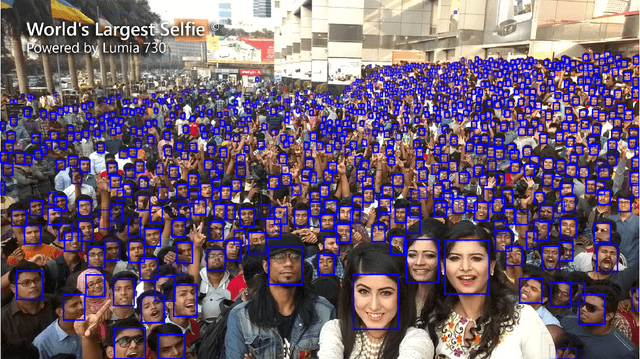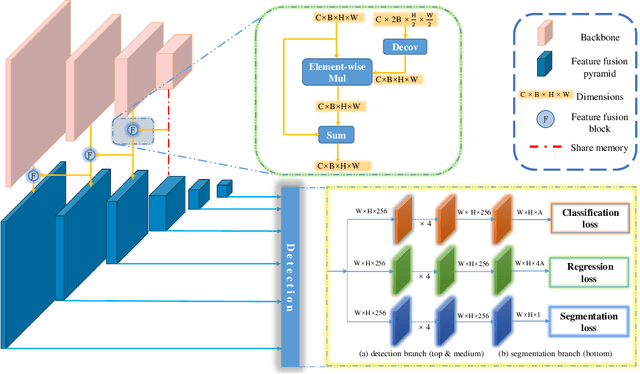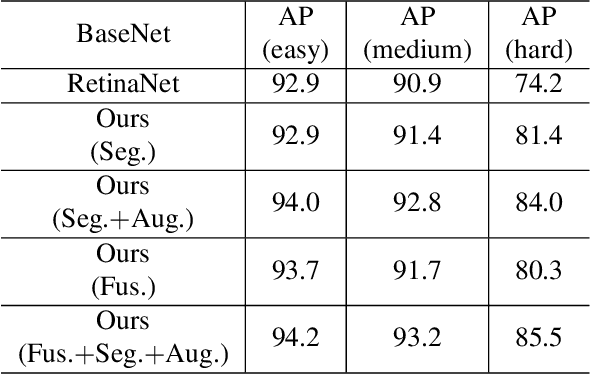Xiubao Zhang
Delving into Multi-modal Multi-task Foundation Models for Road Scene Understanding: From Learning Paradigm Perspectives
Feb 05, 2024



Abstract:Foundation models have indeed made a profound impact on various fields, emerging as pivotal components that significantly shape the capabilities of intelligent systems. In the context of intelligent vehicles, leveraging the power of foundation models has proven to be transformative, offering notable advancements in visual understanding. Equipped with multi-modal and multi-task learning capabilities, multi-modal multi-task visual understanding foundation models (MM-VUFMs) effectively process and fuse data from diverse modalities and simultaneously handle various driving-related tasks with powerful adaptability, contributing to a more holistic understanding of the surrounding scene. In this survey, we present a systematic analysis of MM-VUFMs specifically designed for road scenes. Our objective is not only to provide a comprehensive overview of common practices, referring to task-specific models, unified multi-modal models, unified multi-task models, and foundation model prompting techniques, but also to highlight their advanced capabilities in diverse learning paradigms. These paradigms include open-world understanding, efficient transfer for road scenes, continual learning, interactive and generative capability. Moreover, we provide insights into key challenges and future trends, such as closed-loop driving systems, interpretability, embodied driving agents, and world models. To facilitate researchers in staying abreast of the latest developments in MM-VUFMs for road scenes, we have established a continuously updated repository at https://github.com/rolsheng/MM-VUFM4DS
PropagationNet: Propagate Points to Curve to Learn Structure Information
Jun 25, 2020



Abstract:Deep learning technique has dramatically boosted the performance of face alignment algorithms. However, due to large variability and lack of samples, the alignment problem in unconstrained situations, \emph{e.g}\onedot large head poses, exaggerated expression, and uneven illumination, is still largely unsolved. In this paper, we explore the instincts and reasons behind our two proposals, \emph{i.e}\onedot Propagation Module and Focal Wing Loss, to tackle the problem. Concretely, we present a novel structure-infused face alignment algorithm based on heatmap regression via propagating landmark heatmaps to boundary heatmaps, which provide structure information for further attention map generation. Moreover, we propose a Focal Wing Loss for mining and emphasizing the difficult samples under in-the-wild condition. In addition, we adopt methods like CoordConv and Anti-aliased CNN from other fields that address the shift-variance problem of CNN for face alignment. When implementing extensive experiments on different benchmarks, \emph{i.e}\onedot WFLW, 300W, and COFW, our method outperforms state-of-the-arts by a significant margin. Our proposed approach achieves 4.05\% mean error on WFLW, 2.93\% mean error on 300W full-set, and 3.71\% mean error on COFW.
* 10 pages, 8 figures, 8 tables, CVPR2020
Metric Classification Network in Actual Face Recognition Scene
Oct 25, 2019



Abstract:In order to make facial features more discriminative, some new models have recently been proposed. However, almost all of these models use the traditional face verification method, where the cosine operation is performed using the features of the bottleneck layer output. However, each of these models needs to change a threshold each time it is operated on a different test set. This is very inappropriate for application in real-world scenarios. In this paper, we train a validation classifier to normalize the decision threshold, which means that the result can be obtained directly without replacing the threshold. We refer to our model as validation classifier, which achieves best result on the structure consisting of one convolution layer and six fully connected layers. To test our approach, we conduct extensive experiments on Labeled Face in the Wild (LFW) and Youtube Faces (YTF), and the relative error reduction is 25.37% and 26.60% than traditional method respectively. These experiments confirm the effectiveness of validation classifier on face recognition task.
Learning Better Features for Face Detection with Feature Fusion and Segmentation Supervision
Nov 20, 2018



Abstract:The performance of face detectors has been largely improved with the development of convolutional neural network. However, it remains challenging for face detectors to detect tiny, occluded or blurry faces. Besides, most face detectors can't locate face's position precisely and can't achieve high Intersection-over-Union (IoU) scores. We assume that problems inside are inadequate use of supervision information and imbalance between semantics and details at all level feature maps in CNN even with Feature Pyramid Networks (FPN). In this paper, we present a novel single-shot face detection network, named DF$^2$S$^2$ (Detection with Feature Fusion and Segmentation Supervision), which introduces a more effective feature fusion pyramid and a more efficient segmentation branch on ResNet-50 to handle mentioned problems. Specifically, inspired by FPN and SENet, we apply semantic information from higher-level feature maps as contextual cues to augment low-level feature maps via a spatial and channel-wise attention style, preventing details from being covered by too much semantics and making semantics and details complement each other. We further propose a semantic segmentation branch to best utilize detection supervision information meanwhile applying attention mechanism in a self-supervised manner. The segmentation branch is supervised by weak segmentation ground-truth (no extra annotation is required) in a hierarchical manner, deprecated in the inference time so it wouldn't compromise the inference speed. We evaluate our model on WIDER FACE dataset and achieved state-of-art results.
 Add to Chrome
Add to Chrome Add to Firefox
Add to Firefox Add to Edge
Add to Edge